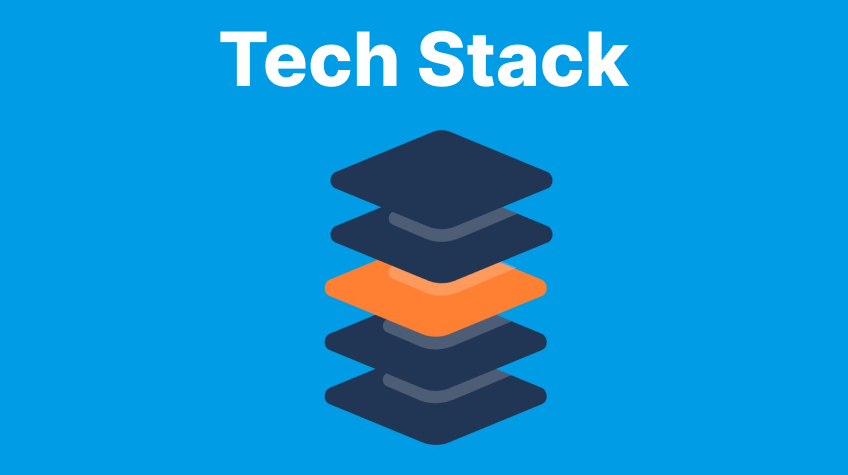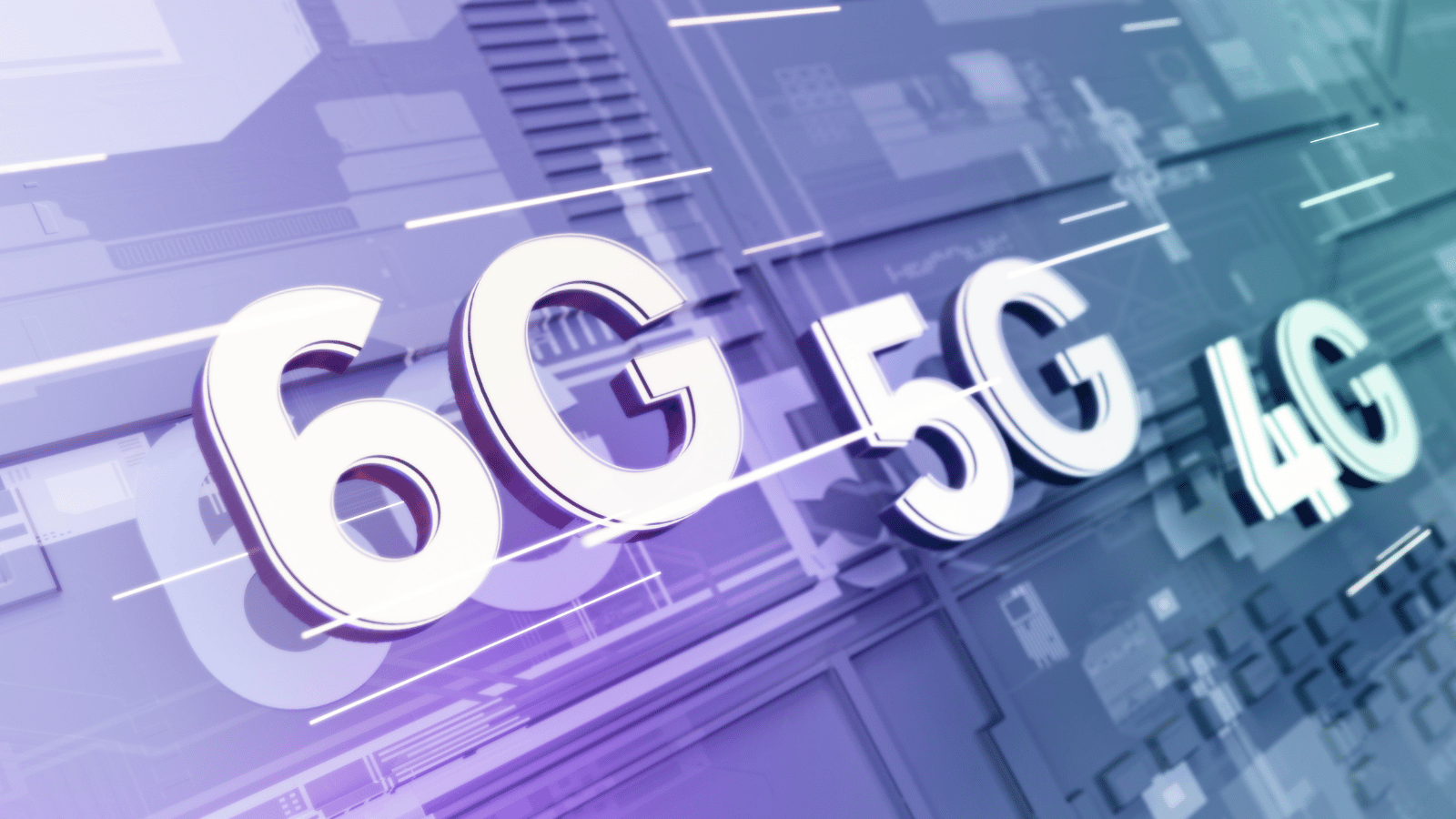The rapid evolution of technology–artificial intelligence (AI), Internet of Things (IoT), and everything in between–has opened up a world of possibilities. However, these advances come with the cost of. Every sensor and every code line, and every voice-activated assistant is a way to get in. Sometimes the doorway is left unlocked.
In the early part of the digital revolution, AI made waves. From autonomous vehicles to predictive diagnostics for healthcare that are predictive, AI streamlines decisions and enhances workflows. However, with this power came vulnerabilities. The more sophisticated the system is, the more surface area it is exposed to attacks.
Today, the Internet of Things joins the action. Wearable thermostats and smart home technology, and connected refrigerators – once inactive devices are now active in a hyper-connected world. In this case, cyber risks don’t just affect data; they can also pose a threat to physical safety.
Table of Contents
Invisible Threads: The Complexity of IoT Environments
One smart device is fairly harmless. However, multiply it by a smart city with millions of sensors for cars, homes, traffic lights, water systems, and the complexity increases. As do the risks.
IoT security risks are a result of various aspects:
- Weak authentication protocols
- Software updates are not frequent.
- There is no standardization among devices
There’s also the human element. A report in 2024 by Palo Alto Networks found that 98 percent of IoT devices’ traffic is not encrypted, and 57 percent of IoT devices are susceptible to medium and high severity attacks. It’s not a hole in the wall. It’s a huge hole.
Although users may secure their laptops using secure passwords, firewalls, or strong encryption, they frequently forget to turn off that smart lighting bulb that is connected to an identical Wi-Fi connection. Also, the baby monitor has an admin login that is default. Every single detail missed is an opportunity for a security breach.
AI’s Role: Guardian or Liability?
AI and IoT aren’t in separate areas. In a growing way, they rely on one another. AI analyzes data generated by IoT systems to make smart decisions–automatically adjusting temperatures, managing power grids, even predicting patient emergencies in hospitals.
However, the introduction of AI introduces new risks. The algorithms trained on unreliable or altered data could make poor choices. More importantly, AI systems can be tricked — attacked by adversaries let bad actors feed AI tiny, carefully crafted inputs, which can result in disastrous results.
Think about this: a face recognition camera is connected to smart locks. If the AI is unable to recognize a face because of manipulated information or lighting conditions, access is denied or granted incorrectly. Then, multiply that risk over thousands of doors within an office of a corporation. It’s not a hypothetical scenario; it’s actual chaos.
VPN: A Cloak, Not a Shield
In the fight to protect the digital channels, both companies and users frequently use VPNs. The Virtual Private Network encrypts your internet connection, thereby making a secure connection that connects your gadget to the Internet.
It’s useful, no question. A VPN for PC will hide your IP address and also protect your data from being viewed by Wi-Fi networks that are accessible to the public. Anyone can download the VPN on a computer or mobile device. Top VPN services such as VeePN cost just the equivalent of a few dollars per month when you purchase the package for a longer period. The affordability and the significant advancements in security are what make VeePN extremely popular on PCs, PCs, and even utilized to secure IoT devices.
Real-World Fallout: When Devices Go Rogue
The attack occurred about a decade ago. Since that time, IoT adoption has exploded. There are currently fifteen billion IoT devices, according to Statista. The number is expected to rise to thirty billion in 2030. This means that there are 30 billion attacks.
In healthcare, an insecure pacemaker or insulin pump could be hacked. Industrial control systems that use factory robotics may be stopped or wrongly directed. In smart homes, your habits are mined and repurposed. The gap between physical and digital harm is disappearing fast.
VPNs won’t stop the compromised camera from being employed as a tool for spying. They can’t update outdated firmware or identify unusual behavior of devices. VeePN’s purpose is to offer security and anonymity through a secure channel for communication. Even the VPN requires additional layers of security. It is generally true that no security device or method will function by itself.
The Way Forward: Security by Design, Not Afterthought
The majority of IoT security issues aren’t related to hackers with genius skills; they’re due to poor design. Devices with passwords hardcoded and default admin credentials or with no ability to remotely update are quite frequent.
The answer isn’t one instrument or patch. It’s about a shift in mindset.
- Architecture of Zero Trust: Do not trust anything; make sure everything is verified. Devices must be authorized and authenticated continuously.
- Lifecycle management for firmware: Regular updates, as well as automated updates and vulnerability monitoring.
- Behavioral analytics: using AI not only to make decisions, but also to monitor and identify abnormal behavior of devices.
- Education of users: It might seem tiny, but educating users to change their default passwords or to segment their networks could stop numerous attacks.
The government is also taking note. They’re taking note that the U.S. Cybersecurity Improvement Act has now set the minimum standards of security for all federal IoT devices. The European Union’s Cyber Resilience Act has pushed manufacturers towards the requirement of mandatory security measures.
Conclusion
The merging of AI and IoT is changing the way we think about things, from the smart city to precision farming. However, every connection, every device, and every algorithm has its risks that include vulnerability, exposure, and the unknown.
We cannot reverse the clock. We cannot unplug from the world. However, we can design smarter and more securely through design, be observant in the field, and willing to admit that as more connected and interconnected get and the more cautious we need to be.





